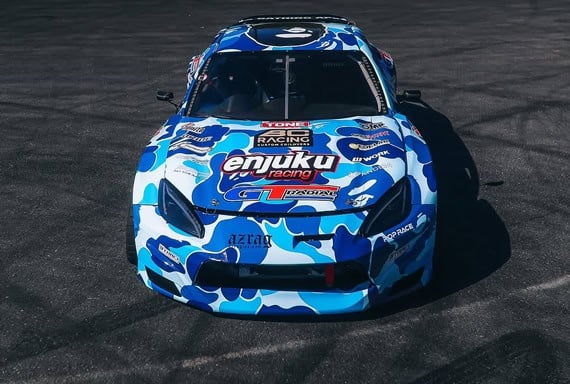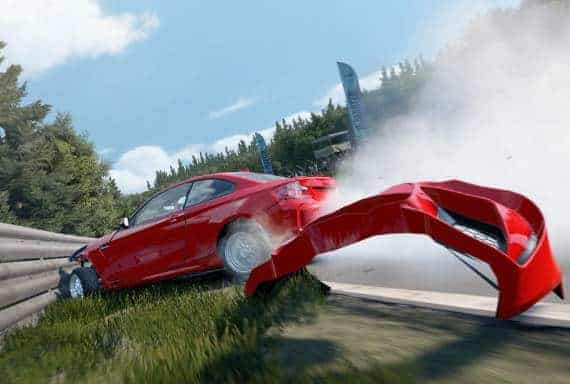Limited Slip Differential Vs Open Differential
Seasoned drifter Tyrei Woodbury drops by to give us his real world experiences of drifting while using a limited slip differential vs open differentials.
What’s going on drift enthusiast! I don’t know about you but I am rushing to get my drift build fine tuned and extra parts gathered for the upcoming season. Some of us are still in the process of building their drift cars which brings us to our next topic; “What kind of differential should I run on my drift car?”.
“What kind of differential should I run on my drift car?”
We’ll let’s dive right in!
The first thing I want to get across is that there is no right or wrong choice, differential preference is all based upon the driver! Now as far as what options are available; most of us who deal with a Nissan 240sx are usually dealing with open differentials or “difs”, but occasionally and especially with the S14 you will find some Viscous Limited Slip Differentials (VLSD’s) which put you in a whole other boat.
Why? Because VLSD’s will work well for drifting in the rain but don’t offer the same performance and predictability of 2-way aftermarket differentials or a welded differential in the dry.
Another thing to note for you “hardcore drifters” is that safety is a big factor as well. If you have ever driven home after street drifting in the rain and you are running on cords, having a locked dif keeps your rear end under control instead of being tossed around by the dif trying to decided which wheel to send power to from a VLSD.
When it comes to drifting you are going to want something predictable
Now this same dilemma also goes for other RWD applications such as Miata’s, RX-7’s and BMW’s. When it comes to drifting you are going to want something predictable and capable of handling the thrashing of extreme sideways driving.
And so we have two choices; Welded or 2-way? Now some may ask “hey what about 1.5-way?” Well I’ll answer that. The 1.5-way is intended more for the road course guy trying to get the fastest time coming out of that turn, and being able to accelerate and decelerate without major traction loss. Make sense?
So let’s list out the pros and cons of welded vs 2-way difs…
Welded Differential – Pros
- 1. Extremely cost effective
- 2. Predicable
- 3. Maintains stock configuration
Welded Differential – Cons
- 1. Welds can break if not done professionally
- 2. There is no warranty solution
- 3. Can not be done with an VLSD only open difs
- 4. Harder to park and hurts tire life long term (tire chirping)
2 Way Differential – Pros
- 1. Better reliability and quality
- 2. Brand new product, usually backed by manufacture warranty
- 3. No tire chirping, no resistance when trying to park or make sharp turns at low speeds
- 4. Adjustability to suit driver preferences
2 Way Differential – Cons
- 1. The dif may make clunking sounds while low speed maneuvering depending on the brand
- 2. Expensive Investment
Also For those who are drifting on a budget I think it would be smart to note some important things to consider when searching out differentials to use if you are using a Nissan 240sx:
- If you have an S13 and you’re using an S14 dif you need to replace the rubber front bushings with the solids. And use the S13 cover on the S14 dif. You need to do this because the mounting setup is meant to be solid.
- There are different types of difs that have certain ratios. When you run the higher ratio dif the car will feel like you have more horsepower (usually recommended for lower hp motor applications.) However with turbo cars it would be recommended to go with a lower ratio. This will give you a higher top speed and give you the opportunity to use all the gear without sacrificing acceleration.
Be sure to leave me a comment in the box below
Well guys this has been another fun topic that I have enjoyed sharing with you. Be sure to leave me a comment in the box below with more questions and topics that you’d like us to touch on as we head into the 2017 season!
If you missed my first article then check it out here: drifting tips for beginners.
Thanks for reading and Stay Tuned to Drifted!























